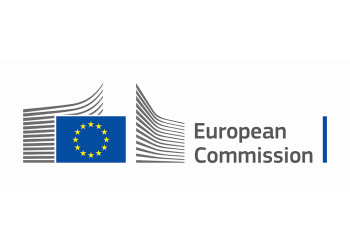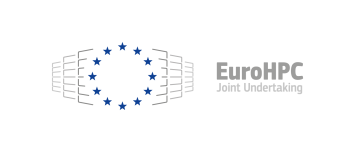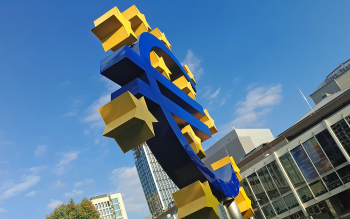CiViQ advances in optimizing the performance of quantum communications
Two different studies published in Nature-affiliated journals by CiViQ’s consortium partner Stefano Pirandola, from University of York, and colleagues, prove further advancement in the field of quantum communications, by overcoming limitations that condition the fully integration of these systems into classical telecom networks.







